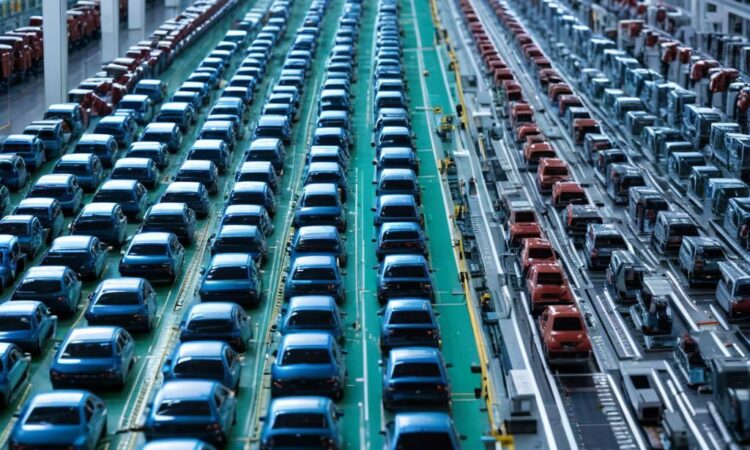Chip Shortage Still Crippling Cars: What’s Going On?
Hey everyone, let’s talk about something that’s been impacting us all in more ways than we might realize: the ongoing semiconductor chip shortage. You know, those tiny little things that power almost everything electronic? Well, their scarcity is still seriously messing with the car industry.
Remember those long waits for new cars? The frustrating dealer visits? The sticker shock when you finally *did* get one? A big part of that is still down to the chip shortage. Production lines are constantly being slowed down, or even shut down completely, because manufacturers simply can’t get enough chips to build all the cars they need to.
This isn’t just about a few extra weeks of waiting. We’re talking about major production delays, potentially leading to thousands – even millions – of fewer vehicles hitting the roads. And it’s not just impacting new car buyers. Used car prices have also skyrocketed thanks to this shortage, making it even tougher to find a good deal.
So, why is this still happening? Well, it’s a complex issue with a bunch of interconnected factors. The pandemic initially threw a massive wrench in the works, disrupting supply chains and increasing demand for chips in other sectors (think laptops and gaming consoles). Then, there were unexpected surges in demand and geopolitical issues that further complicated things. It’s a perfect storm of problems.
One of the biggest consequences is the price increases. With fewer cars available, manufacturers can charge more, and they are. This makes cars less accessible to many people, impacting affordability and potentially slowing down the overall economy.
The good news (sort of) is that there’s a lot of discussion happening about how to fix this mess. Governments are getting involved, looking at ways to support domestic chip production and lessen our reliance on specific regions for these crucial components. There’s a growing recognition that we need to diversify our supply chains to make them more resilient to future shocks.
Diversification means spreading out the production of chips across multiple countries and manufacturers, reducing the risk of a single event or disruption in one area causing widespread problems. This is a long-term solution, requiring significant investment and international cooperation.
Another aspect being discussed is government intervention. This could involve things like providing financial incentives to chip manufacturers to build more factories, or investing in research and development to improve chip production technology. Some governments are also exploring strategies to stockpile chips to act as a buffer against future shortages.
It’s a huge challenge, and there’s no quick fix. It’s going to take time and significant effort to rebuild a more stable and reliable global semiconductor supply chain. But the ongoing discussions and actions being taken suggest a growing awareness of the problem and a commitment to finding solutions.
In the meantime, expect car prices to remain high, and be prepared for potential delays if you’re in the market for a new car. The impact of this chip shortage is far-reaching, affecting everything from the cost of transportation to the overall health of the global economy. This is a situation that warrants close attention and requires collaborative efforts to mitigate its long-term effects.
The automotive industry is not alone in facing these challenges. Many other industries rely heavily on semiconductors, and the ripple effects of this shortage are being felt across the board. The situation highlights the intricate connections within the global economy and the importance of securing a reliable supply of essential components.
It’s a complicated issue with no easy answers, but the conversations happening at various levels – from manufacturers to governments – are a promising sign that solutions are being actively sought. Hopefully, we’ll see a significant improvement in the chip supply situation in the coming years, easing the pressure on the automotive industry and other sectors affected by this global crisis.
It’s a complex issue, and it’s likely to continue impacting the automotive industry for some time. However, the growing awareness of the problem and the efforts being made to address it offer some hope for the future.

